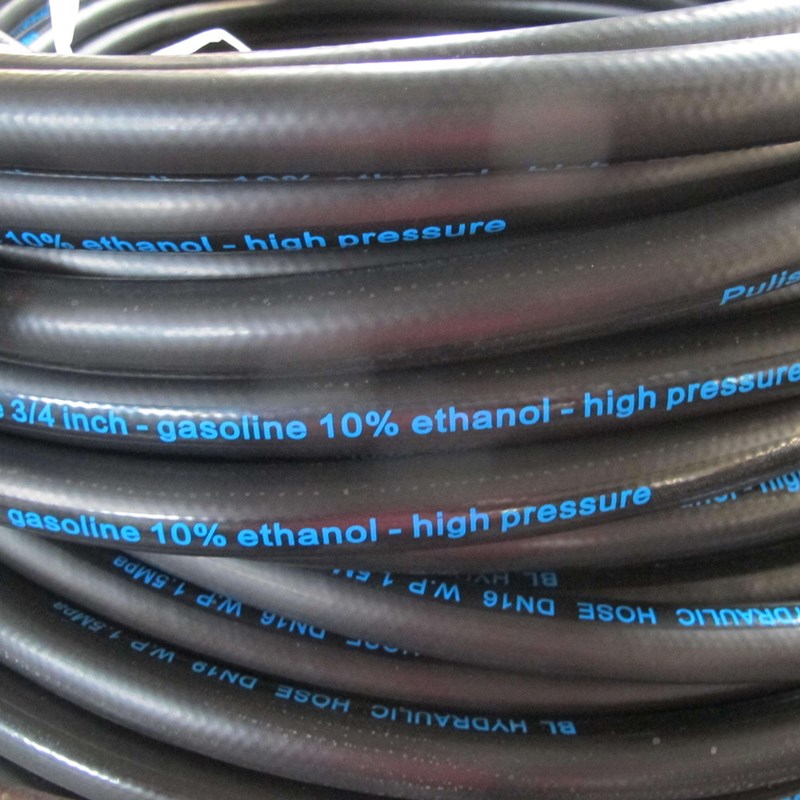335345435
Aug . 09, 2024 00:50 Back to list
A Comprehensive Guide to Various Types of Hydraulic Fittings and Their Applications in Industry
Understanding Different Hydraulic Fittings A Comprehensive Overview
Hydraulic fittings are essential components used in hydraulic systems to connect hoses, pipes, and tubes, ensuring fluid flow and pressure are maintained within the system. These fittings come in various types, sizes, and materials, each designed for specific applications and operating conditions. Understanding the different types of hydraulic fittings is crucial for selecting the right component for any hydraulic system, as improper selection can lead to leaks, failure, and costly downtime.
Types of Hydraulic Fittings
1. Threaded Fittings Threaded fittings are among the most common types of hydraulic fittings. They are designed to create a seal by twisting two components together, often using tapered threads that provide a tight connection. Common types of threaded fittings include NPT (National Pipe Thread), BSP (British Standard Pipe), and JIC (Joint Industry Council). Each of these has specific standards and measurements, ensuring compatibility with various hydraulic systems.
2. Flared Fittings These fittings are characterized by a conical flare at the end of the tubing, which fits into a corresponding fitting. Flared fittings provide a secure connection and are typically used in higher-pressure applications. They are commonly made from metal, offering excellent durability and resistance to corrosion.
3. Compression Fittings Compression fittings work by compressing a ring, or ferrule, around the tube to create a tight seal without the need for welding or soldering. They are easy to install and often used for connecting copper or plastic tubing. However, they might not be suitable for high-pressure applications as their integrity can be compromised over time.
4. Push-to-Connect Fittings These modern fittings allow for quick and easy connection and disconnection of hoses and tubes without the need for tools. Push-to-connect fittings are commonly used in pneumatic systems but have also found applications in hydraulic systems, particularly where frequent equipment changes are necessary.
different hydraulic fittings

5. Quick Couplers Quick couplers are designed for applications where hoses need to be frequently connected and disconnected. These fittings often feature a one-handed operation mechanism, allowing operators to easily swap out hoses without spilling hydraulic fluid. They are essential in mobile equipment and machinery where fluid transfer needs to be quick and safe.
Material Considerations
The choice of material for hydraulic fittings is crucial, as it impacts the fitting's durability, resistance to corrosion, and ability to withstand high pressures. Common materials include steel, stainless steel, brass, and plastic. Steel and stainless steel are favored for their strength and resistance to corrosion, making them suitable for high-pressure applications. Brass fittings are often used in lower-pressure hydraulic applications due to their excellent corrosion resistance and ease of machining. Plastic fittings are lightweight and resistant to corrosion but may not withstand the same pressures as metal fittings.
Choosing the Right Fitting
Selecting the right hydraulic fitting involves several considerations, including the type of fluid being transported, the operating pressure and temperature, compatibility with existing components, and installation environment. Proper installation and maintenance of hydraulic fittings are also vital, as even minor issues can lead to significant failures within the system.
In conclusion, understanding the different types of hydraulic fittings and their respective applications is essential for anyone working with hydraulic systems. Choosing the correct fitting not only enhances system performance but also ensures safety and longevity. By familiarizing oneself with threaded, flared, compression, push-to-connect, and quick coupler fittings, as well as material considerations, one can make informed decisions that will lead to efficient and reliable hydraulic operations.
-
SAE 100 R17 Black Smooth Cover Hydraulic Hose
NewsMar.07,2025
-
SAE 100 R17 Black Smooth Cover Hydraulic Hose
NewsMar.07,2025
-
SAE 100 R17 Black Smooth Cover Hydraulic Hose
NewsMar.07,2025
-
SAE 100 R17 Black Smooth Cover Hydraulic Hose
NewsMar.07,2025
-
SAE 100 R17 Black Smooth Cover Hydraulic Hose
NewsMar.07,2025
-
steel wire braided hydraulic hose
NewsMar.07,2025



